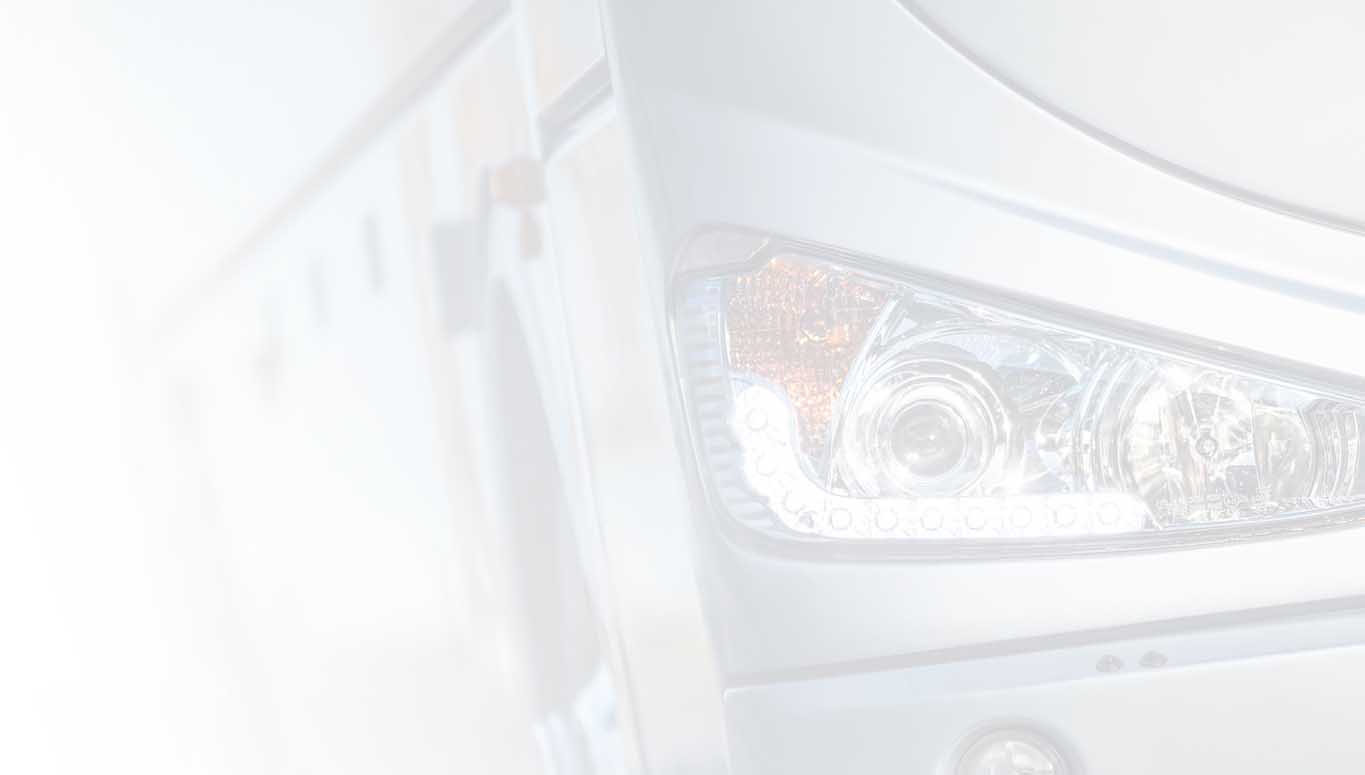How do I get good satellite TV reception on the bus?
Which aspects have to be taken into account for good satellite TV reception on the bus? There are three factors that determine correct reception while driving: the size of the satellite antenna installed, the satellite's receiving track and the conditions of the route. In this blog post we will analyze all three factors.
The size of the satellite TV antenna. Does she matter?
The answer is yes. The size of the satellite antenna required during the bus ride depends on the power of the beams, expressed in dBW, that illuminate the ground (pire) and on the direction of these: the larger the diameter, the better the reception. Therefore, it is recommended to install a larger antenna than the one recommended by the manufacturer, so in case of bad weather we would not have any problems. Some broadcasters recommend small antennas for receiving signals and especially for more powerful satellites broadcasting digital channels (a 50cm diameter antenna for receiving a satellite with a 50dBW pire), but even in this case it is better to have a slightly smaller one select a larger antenna.
It should be emphasized that poor reception due to an antenna that is too small has no solution.
The reception tracks of the satellites
The second aspect to consider in order to get good signal reception from the satellite is the reception zones of the chosen satellite (footprints). These footprints allow for the perfect identification of the technical characteristics of its distribution, that is, the territorial limits caused by the rays and the degrading power of these.
In order to facilitate the determination of the satellites' power of transmission, own satellites can modify the beam direction, so these maps are purely informative. It is therefore necessary to choose a satellite, analyze its reception path and check the technical specifications of the antenna to be sure that it allows signal reception in the desired area .
The following footprints belong to the most important satellites in Europe:
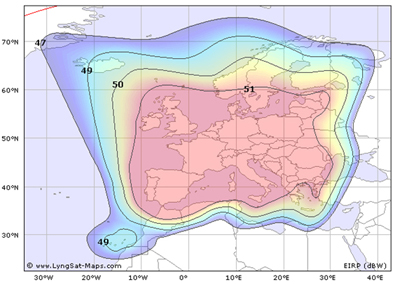
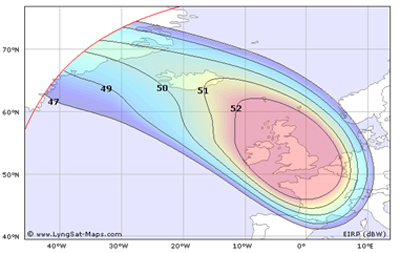
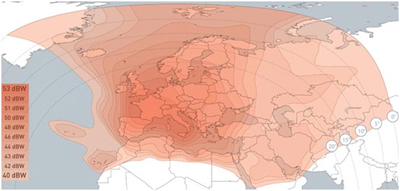
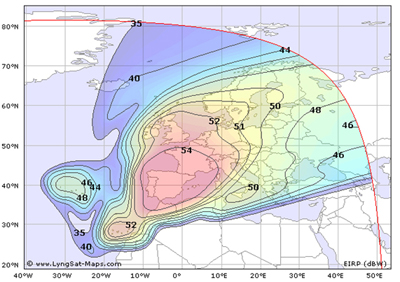
The conditions of the bus route
Checking the chosen route of the bus is important in order to guarantee good signal reception, because not only the weather conditions (signal intensity decreases in fog), but also the terrain conditions affect signal reception. Densely forested roads, driving in valleys and mountain routes present obstacles to the reception of satellite signals.
By considering these three aspects, we can get good satellite signal reception on a trip and our passengers can enjoy live TV while driving.
